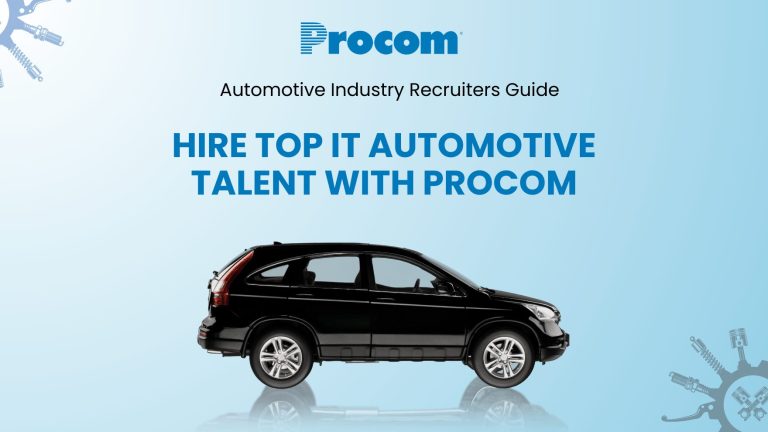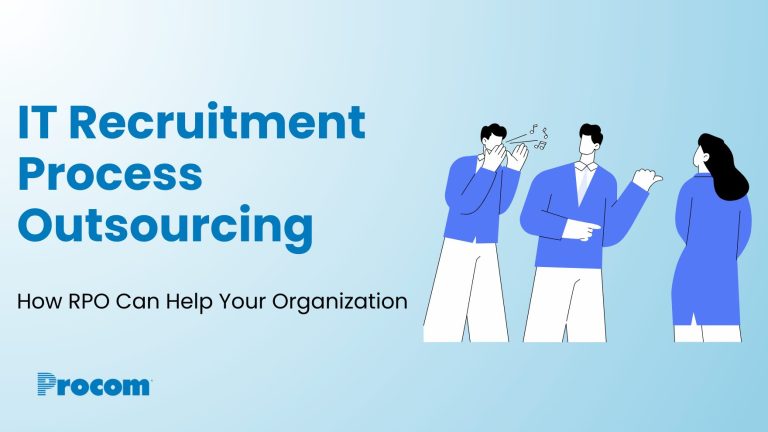When it comes to interviewing candidates and interview structure, there are three types: Unstructured, Semi-structured and Structured. Each type has its own set of processes and interview questions to screen candidates.
A lot of people may say that the interview is dead – it’s an outdated practice, vulnerable to bias and has problems that make sure it’s made easy to game the system.
Yet, while some may agree, most will admit that running an effective interview process is still the cornerstone to finding and hiring great talent for a job or project.
This means during the selection stage of talent acquisition, designing, preparing for and delivering an effective interview process are some of the most fundamental skills required for a successful hire.
Choosing an effective interview structure to screen candidates
Interview structure is important, yet often overlooked, and hiring managers around the world admit to often getting it wrong.
The structure of interviews matters!
One of the secrets to great hiring is to choose the right interview structure type for each situation and to make sure to know how to prepare for each interview type effectively.
Before interviewing any candidate for the job or position, a successful interview all starts with a well developed job description that lays out key attributes, skills and responsibilities of the job.
Structured Interview: Good for well-defined roles, vital for critical positions.
During the structured interview process, the interviewer will run the interview according to a standard interview script, which is effectively a set of preplanned questions for each candidate. The script should be closely followed, which means each candidate will be asked the same questions, in the same order.
During the interview, Candidates should be evaluated against a common scorecard that has been developed specifically for the position there are being considered for. We are big proponents of organizing the scorecard around the critical success factors identified in the job description; however, some approaches will also see scoring at the question level.
The interview script can include any question styles or types (behavioral, situational, case study, etc.), so long as the overall approach allows the interviewer to effectively evaluate the candidate against the scorecard.
Strengths
• Associated with a higher likelihood of a successful hire than other interview methods.
• Very effective for routine or well understood positions, where the position description factors are known and well understood.
• Results in a very defensible hiring decision, that is less susceptible to accusations of bias or discrimination.
Weaknesses
• Very detailed that can take a long time to prepare for and implement.
• Interview structure may take high preparation time.
• More technical approach, which may be challenging at first to a person without formal HR or recruitment training.
• Requires the interview to have a strong profile of what they are seeking before meeting candidates. This can make it difficult to change direction or search strategy once the talent acquisition has commenced.
• Standardized interview scripts can come off as overly formal and less engaging to candidates.
• Standardized questions script means that in strict structured interview formats, there is a limited ability to follow tangents or exploratory questions.
• This is a more technical approach and can be challenging for an interviewer with a non-HR background.
Unstructured Interviewing: Use with caution
Unstructured interviewing is the exact opposite one from Structured Interviews. These are interviews that act like free-flowing conversations with a candidate – they involve minimal planning and no provision for using common criteria or questions across candidates.
Unstructured interviews, however, are tricky to do well and are more vulnerable to bias or superficial assessment, which raises the risk of making a bad hire.
As a result, unstructured interviews should not be used except in very particular circumstances where the benefits outweigh the risks.
The top risk of an unstructured interview is that it will be unfocused. Often, these types of candidate interviews can result in ‘small talk’ and discussing common interests, rather than addressing the candidate’s qualifications against the job requirements.
Unstructured interviews can also affect the interviewer’s decision-making capabilities. This unintended bias, combined with no set parameters for qualifying, can result in an unfair candidate assessment.
Strengths
• Requires little or no preparation to run an unstructured interview.
• Fast and easy hiring approach, making it a good fit for simple or low risk hiring decisions.
• Interviewer has wide latitude to customize the interview direction to the candidate, making it possible to have a highly engaging and free flowing discussion.
• Can be a useful technique for doing background research on poorly understood or defined positions, where the interviewer does not have a clear enough direction to do a structured or semi-structured interview.
Weaknesses
• This interview structure can be unfocussed, leaving the interviewer with lingering questions or uncertainty.
• Very susceptible to a whole host of cognitive biases, such as confirmation bias, first impression bias or inherent biases that prevent the interview from developing an accurate understanding of the candidate’s strengths, weaknesses or potential.
• Lack of clarity on job description factors can lead to failing to screen one or more candidates against critical job requirements.
• Lack of consistency across candidates can make comparisons difficult, particularly in a process with multiple interviewers or decision makers.
• Is not defensible against accusations of bias or improper.
Semi-Structured Interviewing: Structured process with some room to explore
Semi-structured interviewing is a “middle of the road” interviewing approach that combines positive aspects from the Structured and Unstructured techniques.
Preparing for a semi structured candidate interview usually involves a prepared set of questions that will be used as a rough guide to the conversation. Interviewers will ask spontaneous questions, tangents and follow up questions to gain a better understanding of the candidate’s qualifications.
Semi structured interviews attempt to combine the planning of Structured interviewing with the warmth and engagement of an unstructured interview. They require only a moderate amount of preparation and the ability to go off script allows interviewers to dig deeper into a candidate’s answers.
Strengths
• Questions can be pre-prepared to guide the conversation.
• Allows for open-ended responses from participants for more in-depth information.
• Encourages two-way communication.
• Interviewers can gain insights into the reasons behind a candidate’s answers.
• Provides qualitative data to compare to previous and future data.
Weaknesses
• Leaves a lot to the discretion of the hiring manager, which can make it challenging for some untrained or fresh hiring managers to adopt to this structure.
• Open-ended questions are often difficult to analyze.
• Can be time consuming.
• Can be a challenge to find an interviewer with the level of training required.
• More candidates are required to be interviewed to draw conclusions and make comparisons.
• It’s possible to write leading questions, which can lead to bias.
How to interview someone
How do you know how to interview a candidate? Each approach has strengths and weaknesses and choosing the right one requires time to formulate an understanding of the details required for a given hiring situation.
When selecting an interview structure, here is what to consider:
• What must be done to prepare for the interview?
• What must be done to develop an effective job description to guide the process and questions?
• What is the candidate experience you want to create?
• What must be done to ‘sell’ the job to the candidate?
Choosing the right interview type will depend on what you wish to get out of the interview; however, organizations have the best chances to succeed when interviewers begin with solid job descriptions – regardless of the type of interview employed.
The Voice of Talent: Return to the Office Report
Procom recently surveyed over 1,000 knowledge workers to discover how and where they prefer to work as offices re-open across North America.
The Voice of Talent Report offers actionable insights into what workers expect in relation to mandatory vaccinations, remote work preferences, The Great Resignation, COVID-19 safety measures and more.
Access your complimentary copy to discover how to attract talent in a post pandemic world:





